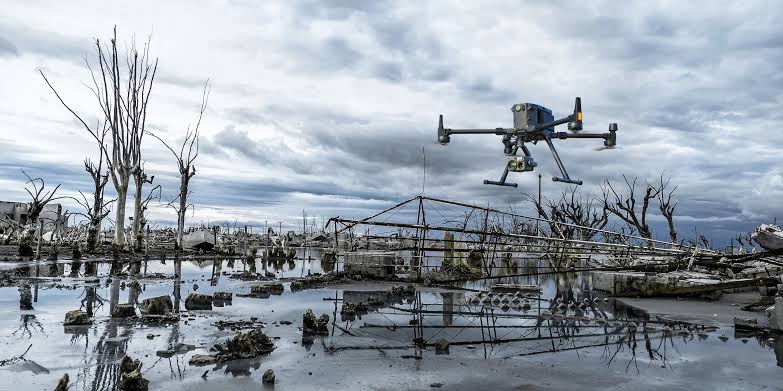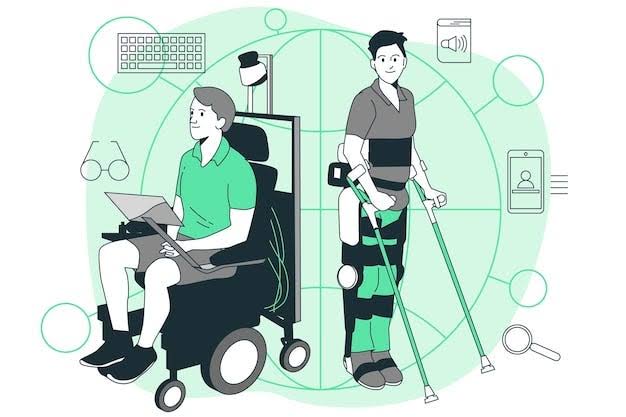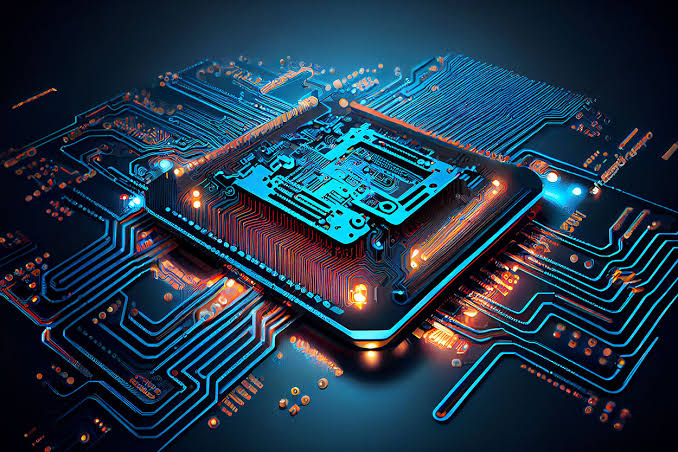Drones have rapidly evolved from niche gadgets to critical tools in modern disaster management. Their ability to provide real-time data, access hard-to-reach areas, and operate under hazardous conditions has made them invaluable in disaster response and recovery. As technology advances, drones are becoming faster, more autonomous, and equipped with sophisticated sensors that enhance their effectiveness in saving lives and restoring communities.
Rapid Damage Assessment
One of the most significant roles drones play is in assessing the extent of damage after a disaster. When a hurricane, earthquake, or flood strikes, reaching affected areas can be difficult and dangerous for rescue teams. Drones equipped with high-resolution cameras and thermal imaging can fly over disaster zones and capture detailed imagery within minutes. This enables emergency responders to quickly identify the hardest-hit areas, prioritize resources, and make informed decisions without putting human lives at further risk.
Additionally, aerial imagery collected by drones can be analyzed to create 3D maps of damaged regions, helping engineers and aid agencies understand the scale of destruction and plan recovery strategies more efficiently.
Locating and Rescuing Victims
In many disasters, time is the most critical factor in saving lives. Drones equipped with infrared and thermal sensors can detect heat signatures of people trapped under debris, stranded in floodwaters, or lost in forests after a natural calamity. This capability is particularly useful at night or in poor visibility conditions where traditional search methods may fail.
Rescue teams can deploy drones in hazardous or unstable environments without risking additional casualties. In some advanced cases, drones are even used to deliver essential supplies like water, food, and first aid kits to victims awaiting rescue.
Improving Communication in Isolated Areas
Disasters often damage communication infrastructure, making it difficult for affected communities to reach out for help or for rescue teams to coordinate effectively. In such situations, drones can serve as temporary communication relays. Equipped with mobile network devices, drones can create emergency Wi-Fi hotspots or restore temporary cellular coverage, allowing people to contact emergency services and stay connected with loved ones.
This rapid deployment of communication networks can significantly improve coordination between humanitarian organizations and government agencies, ensuring faster and more organized relief efforts.
Supporting Recovery and Reconstruction
Beyond immediate rescue operations, drones play a valuable role in long-term recovery efforts. By monitoring construction progress, assessing infrastructure safety, and surveying environmental impacts, drones help ensure that rebuilding is efficient and sustainable.
They can also be used to inspect bridges, power lines, and pipelines without requiring manual climbing or dangerous inspections. This reduces both costs and risks while speeding up the process of restoring essential services.
Advantages of Using Drones in Disaster Management
The benefits of drone technology in disaster response are numerous, and some of the key advantages include:
- Faster deployment compared to traditional methods
- Reduced risk to human responders in hazardous environments
- Access to remote or inaccessible locations
- Real-time data collection and analysis
- Cost-effectiveness in large-scale monitoring and assessment
Challenges and Future Developments
While drones have proven their value in disaster management, certain challenges remain. Battery limitations restrict flight time, and weather conditions such as strong winds or heavy rain can hinder their performance. Privacy and airspace regulations also need to be addressed to ensure safe and ethical usage.
Looking ahead, advancements in drone technology such as longer flight durations, AI-powered object recognition, and swarm deployment could revolutionize disaster response. Autonomous drone networks could work together to cover vast areas simultaneously, share information instantly, and assist in both rescue and recovery phases without constant human control.
Conclusion
The integration of drones into disaster response and recovery is transforming the way emergencies are handled. Their speed, precision, and versatility enable them to save lives, protect responders, and accelerate recovery efforts. As technology continues to evolve, drones are set to become even more indispensable tools in safeguarding communities and rebuilding after disasters.




Good
Fascinating